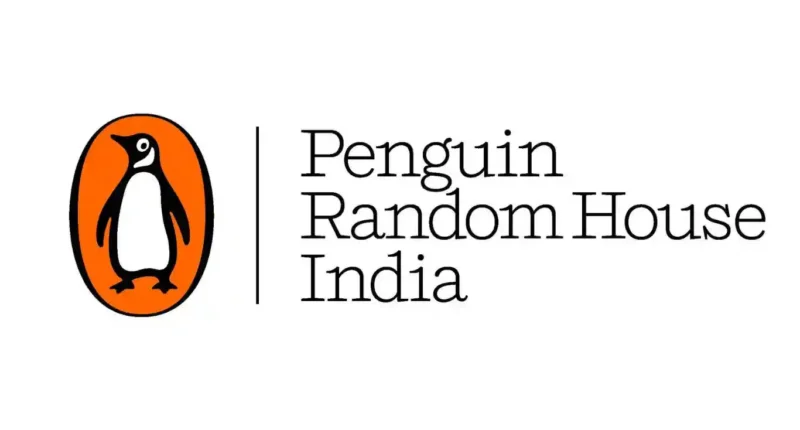Penguin Books is known to every book-lover, student, and the person who likes to read in general. This British publishing house was founded by Sir Allen Lane along with his brothers Richard and John in 1935. The publishing house has its registered office in the City of Westminster, London, England. It is now an imprint of the worldwide Penguin Random House formed in 2013. Penguin Books is one of the largest English-language publishers known as the “Big Five” along with Hachette, Simon & Schuster, HarperCollins, and Holtzbrinck/Macmillan. Let’s read more about the history of Penguin Books (one of the leading book publishers in the world).
Origin of Penguin Books
The first books were distributed from the crypt of Holy Trinity Church Marylebone. It was sold only as an imprint of The Bodley Head of Vigo Street in London. This experience of Allen Lane with the meager quality of material on offer at Exeter train station gave him the idea to create well-designed but cheap quality books for the mass market. However, these inexpensive paperbacks did not appear viable because of the low price of 6d. This helped Lane to gain publication rights for a few works more cheaply than usual.

The majority of the credit goes to Woolworths Group for purchasing 63,000 books that compensated for the project outright. This huge deal allowed Lane to establish a separate business of Penguin in 1936. Within 10 months of the company’s launch about one million books had been printed. The first design of Penguin was created by Edward Young, who also drew the first version of the Penguin logo. Penguin had a diverse set of color schemes for genres. Orange and White colour for general fiction, cerise and white for adventure, red and white for drama, green and white for crime fiction, yellow and white for miscellaneous, grey and white for world affairs, and purple and white for belles letters and essays.
Penguin Books during War Years
During World War II, Penguin emerges as a national institution. Although it had no official role, it was essential to it thanks to the publication of certain bestselling manuals such as Aircraft Recognition, and providing books for the British POWs. The war was advantageous to Penguin as a volume printer. Moreover, Penguin had a deal with the Canadian Government, in which the publishing house agrees to publish exclusive editions for their armed forces, for which they got the remuneration of tons of papers.

In 1941, Penguin Books secured a contract with the War Office. Originally, all the paperbacks carried a note at the bottom of the back cover, “FOR THE FORCES…” The purpose was to pass on books – if you have read the book, leave it at the post office and it will help the people in the services to gain access to it. By January 1942 certain regulations came into force provided by the Book Production War Economy Agreement. The regulation determined rules on margins, paper quality, and type size. With that Penguin also eliminated trimmed margins, and dust jackets, and substituted sewn bindings with staples. But with that the deterioration of the Penguin paperbacks was visible, and it became practically impossible to publish a book of more than 256 pages.
Post-War History of Penguin Books
In 1945, with the translation of Homer’s Odyssey by E.V. Rieu, Penguin Books prefaced one of its most significant branches – the Penguin Classics. Between 1947 and 1949, Jan Tschichold redesigned about 500 books and left Penguin with the Penguin Composition Rules. The composition rules are a four-page booklet of typographic instructions. Hans Schmoller, the successor of Tschichold, created the new standard of Penguin fiction in the 1950s with vertical grid covers.

On April 20, 1961, Penguin became a publicly listed business on the London Stock Exchange, and with that began graphic design. Letterpress printing and hot metal got replaced by offset-litho printing and photo typesetting. These new techniques drastically reduced the cost. In May 1960, Tony Godwin joined as the editorial adviser and soon became the Chief Editor as he managed to broaden the range for Penguin with new improvements in graphic design. With the arrival of Germano Facetti in January 1961, the entire brand went through a series of changes.
Allen Lane was true about his judgment of the public’s appetite. He published D.H. Lawrence’s Lady Chatterley’s Lover in 1960, which marked Penguin as a fearless publisher. It helped to sell about 3.5 million copies. This book was banned and unpublished in the UK for obscenity. The publication heralded the end of censorship in the United Kingdom.
Also Read: Origin Story of Harley Quinn



